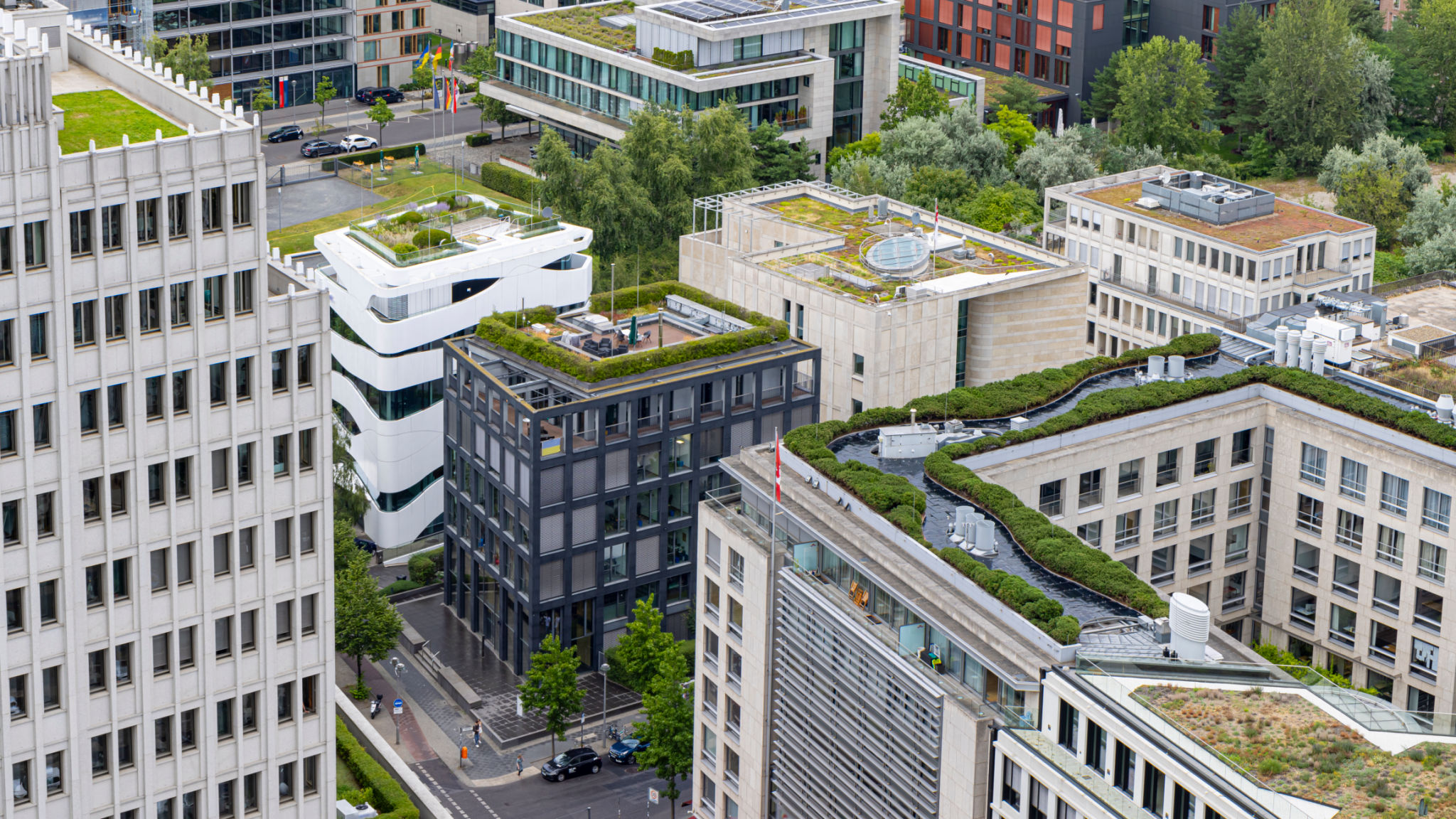Embracing Eco-Friendly Building Designs in Florida: A Step-by-Step Guide
Understanding Eco-Friendly Building Design
In recent years, the demand for eco-friendly building designs has grown significantly, particularly in regions like Florida. With its unique climate and environmental challenges, Florida presents both opportunities and obstacles for sustainable architecture. Embracing eco-friendly building designs not only helps the environment but also offers long-term cost savings and improved quality of life.

Eco-friendly building designs focus on reducing the carbon footprint of structures by utilizing sustainable materials, energy-efficient technologies, and innovative design principles. These buildings are designed to optimize natural light, improve air quality, and conserve water, making them ideal for Florida’s hot and humid climate.
Step 1: Assess Your Building Site
The first step in embracing eco-friendly building design is to assess your building site. Consider the natural landscape, local climate, and existing ecosystems. This assessment will help you determine the best orientation for your building to maximize natural light and ventilation while minimizing energy consumption.
Additionally, understanding the local soil and vegetation can guide your landscaping choices, ensuring that they complement the natural environment and require minimal water and maintenance.
Site Selection and Orientation
Choosing the right site and orientation for your building is crucial. In Florida, it’s beneficial to orient buildings to take advantage of prevailing winds for natural cooling. Incorporating features like shaded outdoor areas and reflective roofing materials can further enhance energy efficiency.

Step 2: Choose Sustainable Materials
Selecting sustainable materials is a core component of eco-friendly building design. Opt for materials that are locally sourced, recycled, or have a low environmental impact. For example, using bamboo flooring, reclaimed wood, or recycled metal can reduce the carbon footprint of your construction project.
Additionally, consider materials that improve insulation and energy efficiency, such as double-glazed windows or insulated concrete forms. These materials not only contribute to sustainability but also enhance the comfort of the building’s occupants.
Innovative Materials and Technologies
Explore innovative materials and technologies that offer sustainability benefits. For instance, green roofs can provide insulation, reduce stormwater runoff, and create habitats for local wildlife. Similarly, smart home technologies can optimize energy use by automating lighting, heating, and cooling systems.

Step 3: Implement Energy-Efficient Systems
Energy efficiency is a cornerstone of eco-friendly building design. Implementing energy-efficient systems can significantly reduce your building’s environmental impact. Consider installing solar panels to harness Florida’s abundant sunshine or investing in high-efficiency HVAC systems to maintain a comfortable indoor climate year-round.
Other energy-saving measures include using LED lighting throughout the building, incorporating energy-efficient appliances, and installing programmable thermostats to optimize energy use.
Water Conservation Techniques
In addition to energy efficiency, consider incorporating water conservation techniques into your building design. Low-flow fixtures, rainwater harvesting systems, and drought-resistant landscaping can all contribute to significant water savings in Florida’s warm climate.
Step 4: Design for Longevity and Adaptability
Eco-friendly buildings are designed for longevity and adaptability. By planning for future needs and potential changes in climate or technology, you can ensure that your building remains sustainable over time. This might include designing flexible spaces that can be easily reconfigured or incorporating renewable energy sources that can be upgraded as technology advances.

Ultimately, embracing eco-friendly building designs in Florida is not only about protecting the environment but also about creating healthier, more resilient communities. By following these steps, you can contribute to a more sustainable future while enjoying the many benefits of green architecture.
